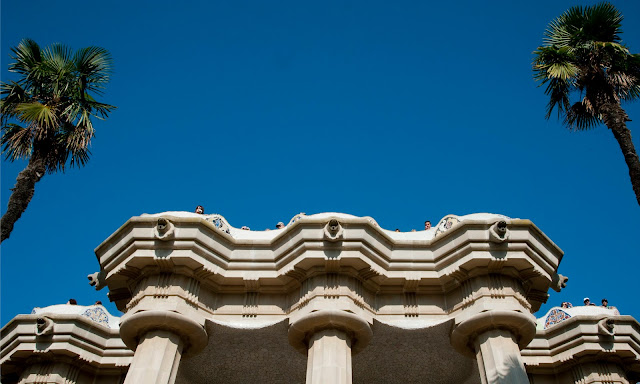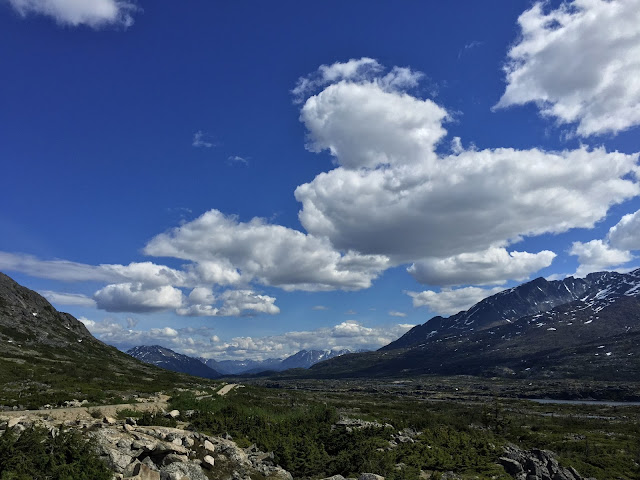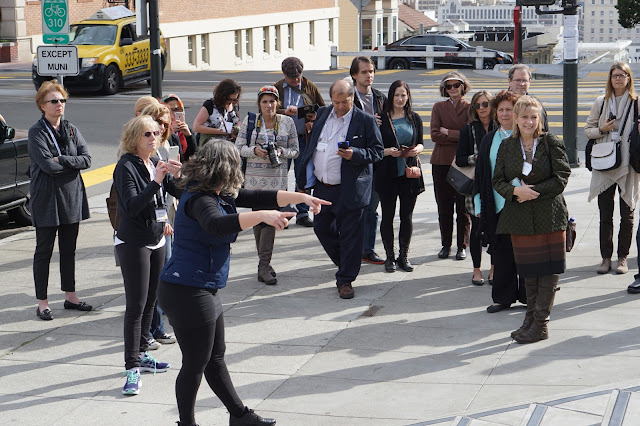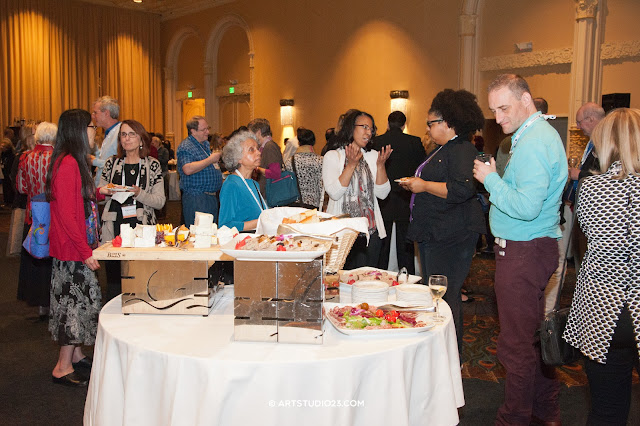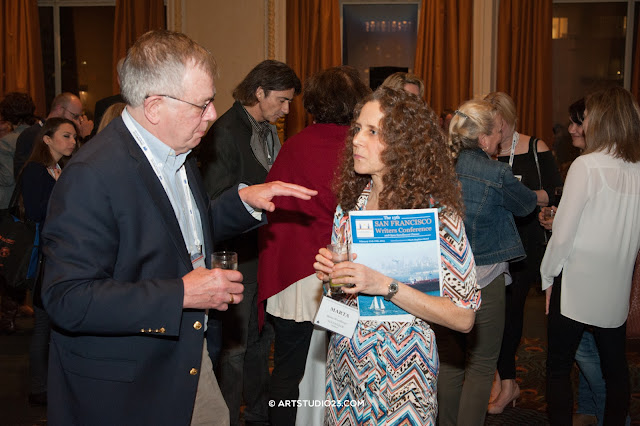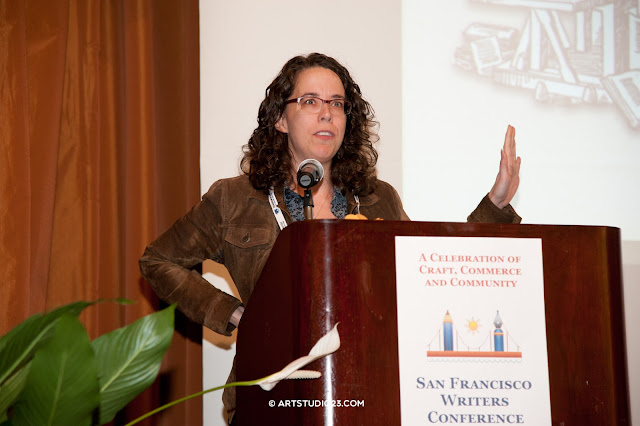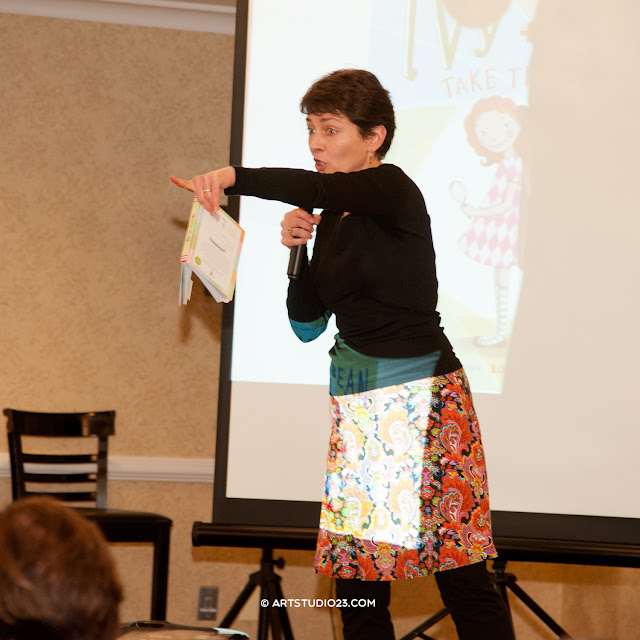 |
| Fuji Reala, Fuji NPH Pro 400, Kodak BW400CN and Kodak Elite Chrome film |
My Last Analog Wedding
I don't even feel sad, though seeing the lot like in the photograph above, it brought back memories! This, or same set with one or two extra Fujicolor Press 800 films and maybe one extra BW400CN film, was my ultimate wedding kit. I've been taking wedding pictures for over 20 years now, and the analog days were the best, considering how clients loved their photos and paid well for a good wedding album, as hardly anyone had the guts to shoot a wedding in those days.
It was hard work! Carrying two cameras, lenses and flashes. Always having extra batteries and enough film with you. I still have my two Nikon F100 bodies, and one of the two SB28 DX flashes still works. My two 24-70 f2.8 Sigma lenses are written off, I can only use these lenses to teach our students where to find aperture on a lens etc. Same for the flash, this flash doesn't go well with the digital camera bodies and can even damage the camera.
 |
| Me with two cameras |
Variety of Films
Having two cameras and wanting to shoot in- and outdoors, as well as B&W and crossed E6 film, I was always juggling which film to put in what camera at what time, as 36 exposures sometimes was too much. E.g. after a portrait shoot outdoors, using the Fuji Reala (100 asa) entering the church, you do need 400 asa (Fuji NPH) and sometimes there were quite some exposures left.
But shooting 100 iso film inside a church simply wasn't working, so you did need to change to 400 or sometimes even 800 iso. It was fun too, to try to get the most out of each film. I did like to vary in colour and B&W, so by picking your film wisely you created the best wedding series.
 |
| Using Black & White film added variety to an analog wedding serie |
 |
| The E6 (slide) film was always cross processed so the colors would come out bright with big grain |
So in general I used 6 to 8 colour films, and 1 slide and 1 or 2 B&W films, meaning 360 exposures max. Clients would get an album with 80-100 printed pictures, and that was it. The book told the story of the day, with a roughly average of about 5-6 hours of photography per wedding shoot. Fuji Reala film is discontinued, as well is Elite Chrome and other Kodak film. It won't take long untill all professional films will be gone, leaving photographers with consumer films only.
Digital Era
Well, in these days clients don't mind I reck. When seeing all the photos of weddings shared on e.g. Facebook and other social media, all comments say "Beautiful photo!" etc. No matter what quality, as long as the bride's dress is visible in the photo people will like the it and say how beautiful the bride looks. Soon after the first digital cameras were good enough to shoot a wedding with, the lomo photography kicked in. That might have been the first sign that we don't care about getting the best quality (in film) anymore.
The poorer the quality, the more a lomo photographer likes it. The student who bought my films though, was really looking for the Reala film, as it's discontinued and she really love the specs of that particular film. The difference between Kodak and Fuji was really about bright colors versus natural colors, as both brands were excellent film producers. A lot of analog film will be gone soon, just being discontinued.
Fortunately we can still have a look at the photos and relive the moment of (one of) the most beautiful days on our life. Thank you Annemiek & Wilfred, the last analog wedding I did was awsome and I'll never forget the fun we all had!




